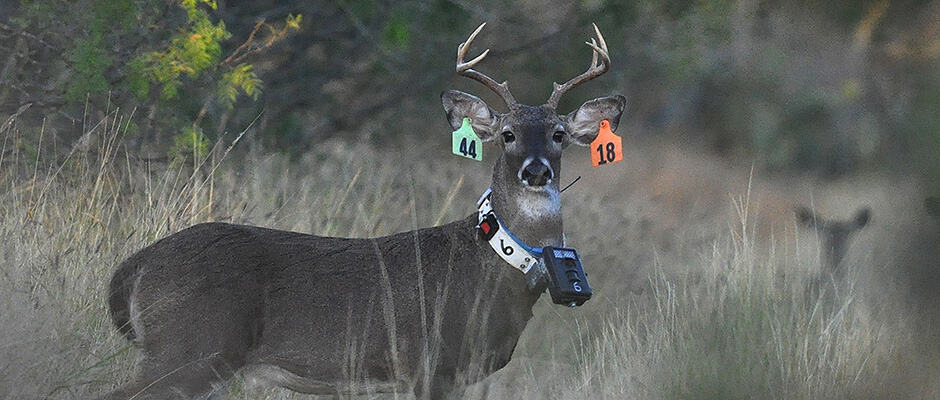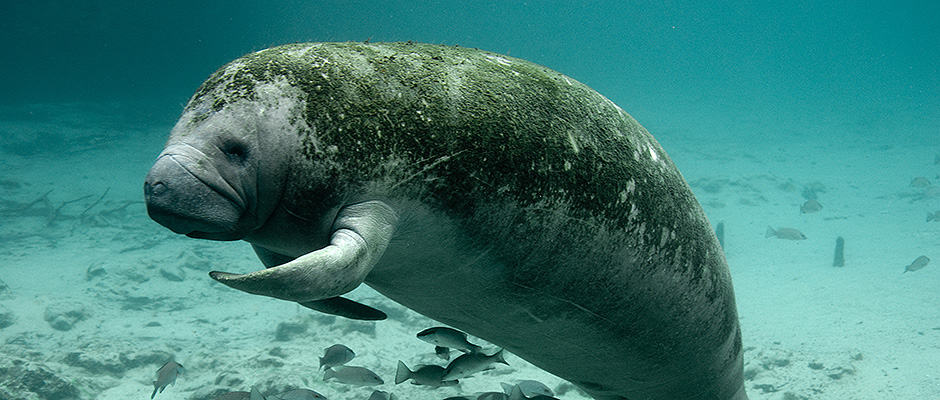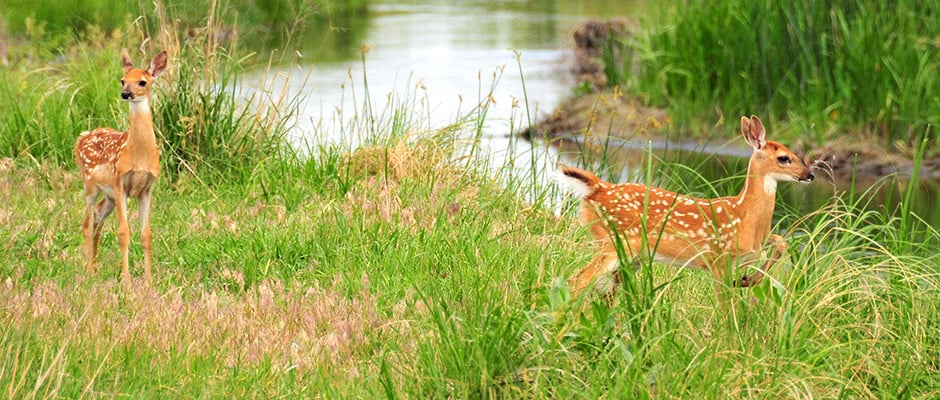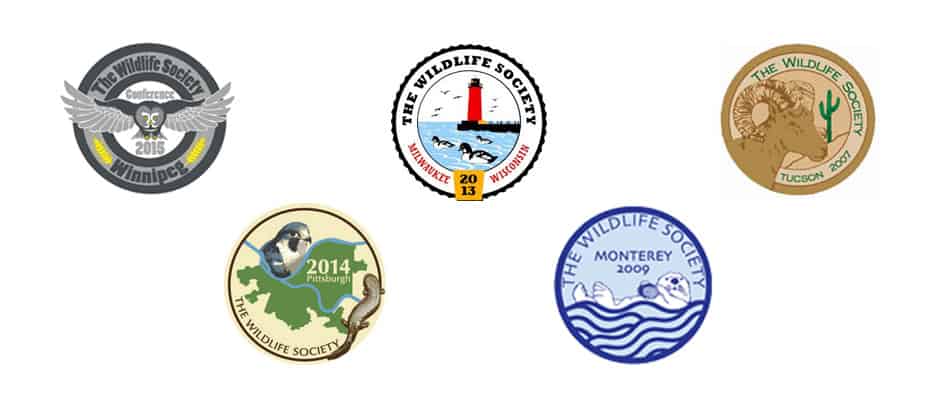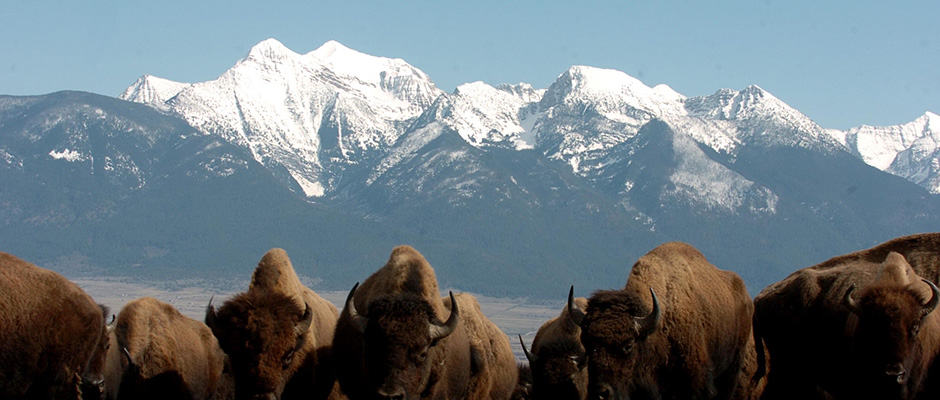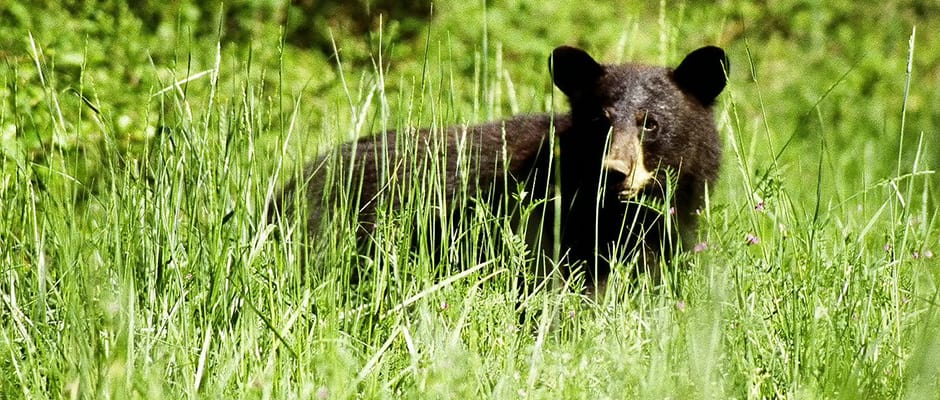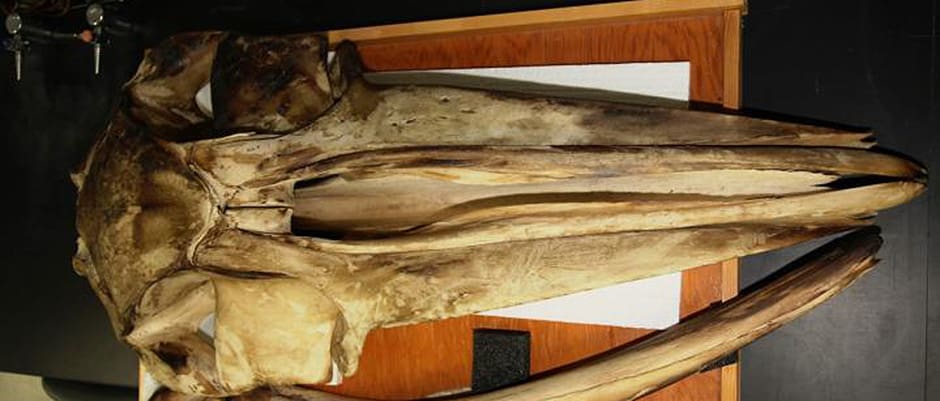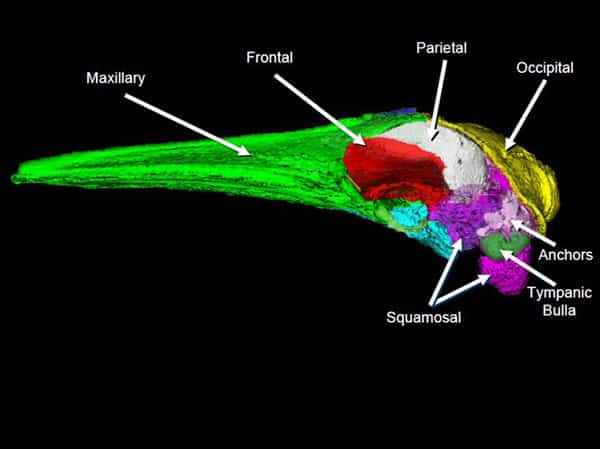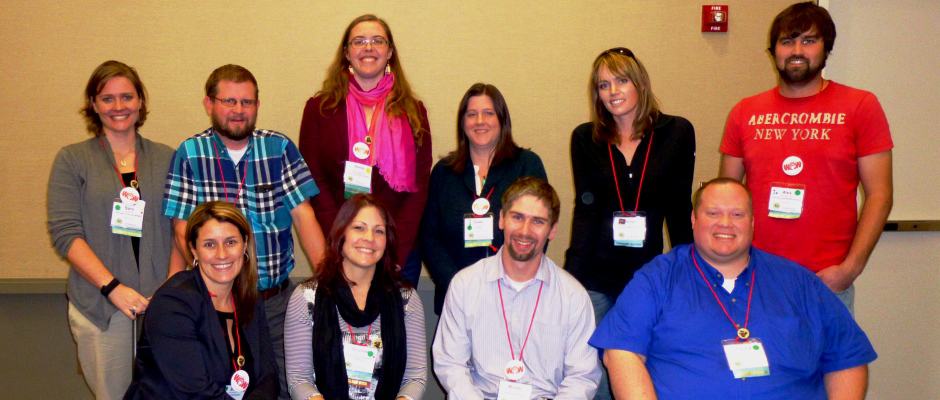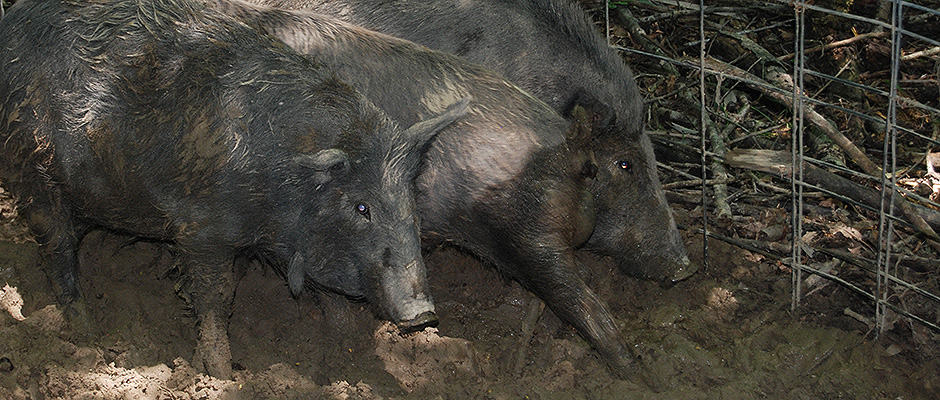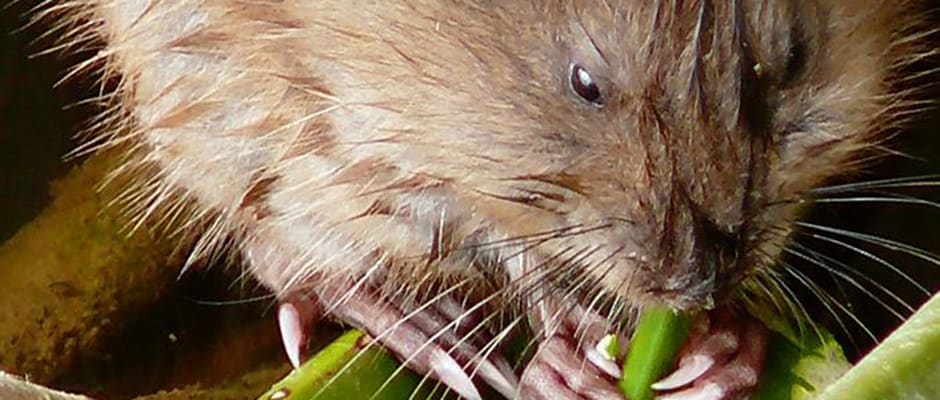
Don’t let the nickname “cat disease” fool you. A recent study in Champaign, Ill. shows toxoplasmosis, a disease spread by cats, is prevalent in semiaquatic mammals, minks (Neovison vison) and muskrats (Ondatra zibethicus) as well.
“Infected cats shed Toxoplasma gondii oocysts in their feces, and these oocysts are picked up by other hosts in the environment,” said Adam Ahlers, University of Illinois graduate student and TWS Associate Wildlife Biologist who led the study published last week in the Journal of Wildlife Diseases. “This is an important finding because animals like muskrats and minks spend most of their time in streams and wetlands and rarely encounter cats, so the parasite is likely transferred via runoff from the surrounding landscape.”
Ahlers and his research team sought out to determine the prevalence of the parasite Toxoplasma gondii in minks and muskrats in order to determine if the parasite is contaminating freshwater watersheds.
“In our region, most of the wetlands have been drained to accommodate agricultural production and urbanization, and natural drainage systems have been altered,” Ahlers said. “With increased tile drainage and loss of natural wetlands, the transfer of T. Gondii oocysts into watersheds from agricultural and urban runoff is likely.”
The researchers predicted that animals positioned in larger watersheds would have higher prevalence rates since they are exposed to drainage from larger areas. Without wetlands to filter out pathogens like T. gondii, the parasite that causes toxoplasmosis, rainwater likely flushes T. gondii oocysts into the watershed via altered drainage systems, Ahlers said.
Ahlers and his team tested 30 muskrats and 26 minks for T. gondii antibodies in central Illinois. They found that 77 percent of the minks tested positive for T. gondii and about 60 percent of the muskrats tested were also infected.
“This was really surprising for us because muskrats are tightly linked to the watershed,” Ahlers said. “We think they are picking up the parasite from contaminated runoff originating from agricultural and urban landscapes.”
Ahlers said muskrats in larger watersheds had higher prevalence rates than those positioned in smaller watersheds. Muskrats are herbivores and likely pick up oocysts while drinking, grooming, or foraging on aquatic vegetation, he said. On the other hand, there was no link between minks and their location in relation to watershed. As carnivores, they may become infected by consuming other infected prey, he said.
The T. gondii parasite rarely discriminates against who it infects, and even humans are exposed to it. Once infected, animals can develop unhealthy behavior changes, Ahlers said.
“In mice, toxoplasmosis causes behavioral changes in the individual,” he said. “Mice that have been exposed to toxoplasmosis seek out cat urine. We don’t know for sure what the effects are in muskrats and mink, but with sea otters, we know that survival is reduced.”
In humans, the infection is linked to miscarriage, autism, depression, schizophrenia, increased suicide risk and decreased learning in children, Ahlers said.
“There are definitely human implications,” he said. “Humans can pick up oocysts by eating infected meat, or if they come in contact with contaminated water. There have been instances of freshwater contamination causing T. gondii infection in humans in Canada and in South America.”
With the study’s implications of increased pathogen in watersheds, it’s clear that not only minks and muskrats are affected, but other wildlife as well.
“Removing natural wetland habitats and altering natural drainage systems may play a big role in the spread of diseases like toxoplasmosis,” Ahlers said. “It is likely facilitating the transfer of T. gondii oocysts into freshwater watersheds.”
